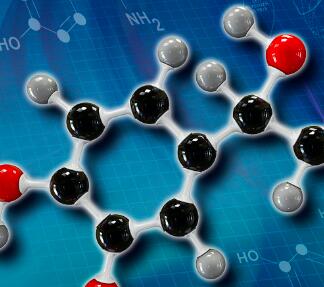Article
HU Wei, SUI Ning, YU Chaoran, YANG Changqin, LIU Ruixian, ZHOU Zhiguo
Background:Crop residue incorporation into the soil is an effective method to augment soil potassium (K)content and effects of crop residue and K fertilizer on soil K balance have been compared.However,their influences on other soil characteristics such as carbon (C) and nitrogen (N) characteristics and microbial activities have not been quantified.To address this,field experiments were conducted in 2011 at Dafeng (sandy loam) and Nanjing (clay loam) in China with treatments including blank control without crop residue incorporation and K fertilizer application,0.9t·ha~(-1) wheat straw incorporation (W1C0),0.7t·ha~(-1) cotton residue incorporation (W0C1),0.9t·ha~(-1) wheat straw+0.7t·ha~(-1) cotton residue incorporation (W1C1) and two K fertilizer rates (150 and 300kg·ha~(-1)(K_2O)) during the cotton season.Results:Compared with control,K fertilizer treatments did not alter soil water-soluble organic carbon/soil organic carbon (WSOC/SOC) ratio,microbial biomass carbon (MBC)/SOC ratio,MBC/microbial biomass nitrogen (MBN) ratio,water inorganic nitrogen/total nitrogen ratio (WIN/TN),the number of cellulose-decomposing bacteria,or related enzymes activities,however,W0C1,W1C0 and W1C1 treatments significantly increased WSOC/SOC ratio,MBC/SOC ratio and MBC/MBN ratio,and decreased WIN/TN ratio at both sites.W0C1,W1C0 and W1C1 treatments also increased the number of soil cellulose-decomposing bacteria and activities of cellulase,β-glucosidase and arylamidase.Regarding different crop residue treatments,W1C0 and W1C1 treatments had more significant influences on above mentioned parameters than W0C1 treatment.Moreover,MBC/MBN ratio was the most important factor to result in the differences in the number of cellulose-decomposing bacteria and soil enzymes activities among different treatments.Conclusions:Short-term K fertilizer application doesn't affect soil C and N availability and microbial activities.However,crop residue incorporation alters soil C and N characteristics and microbial activities,and the influence of wheat straw is much stronger than that of cotton straw.
